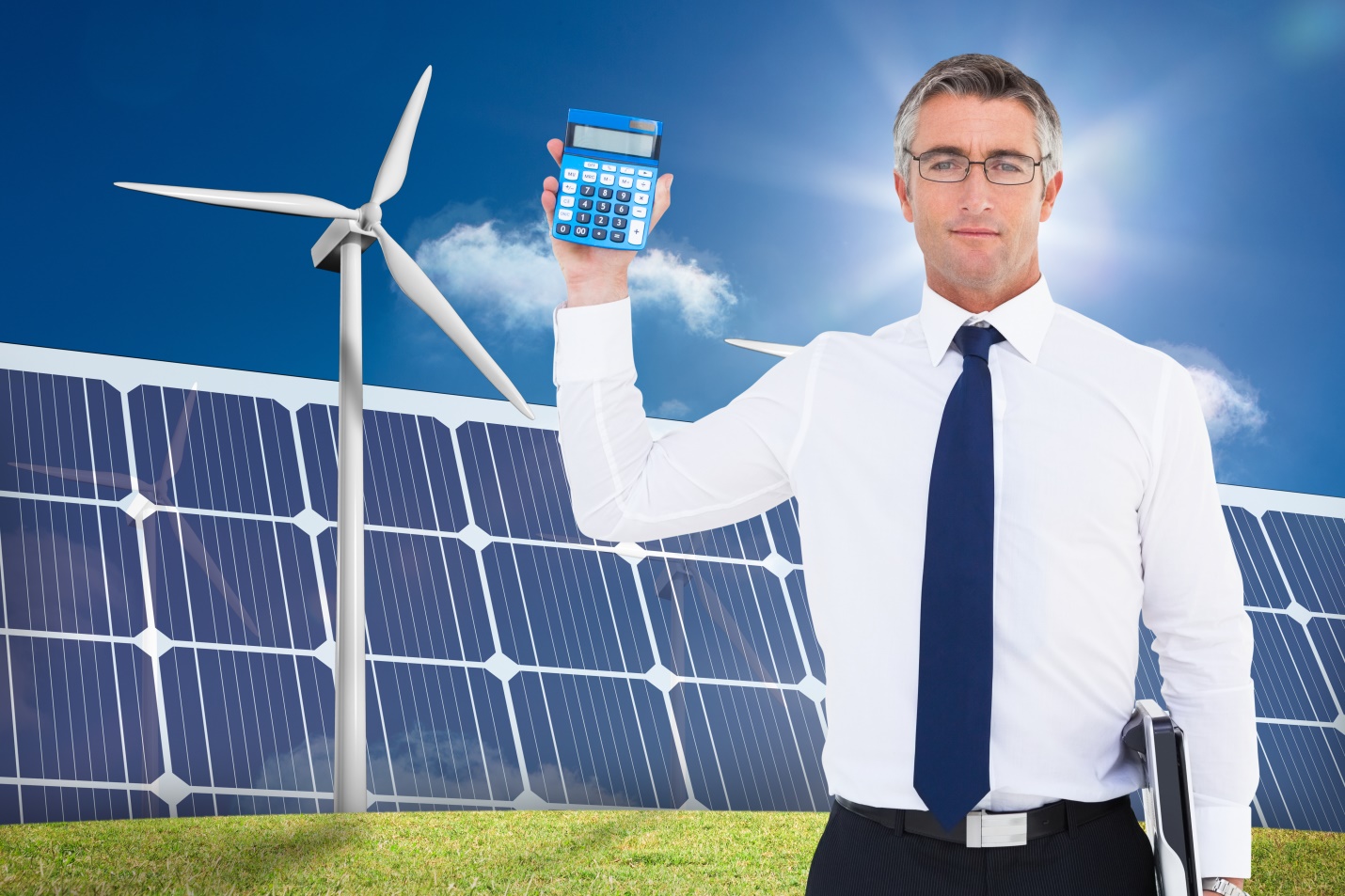Is Solar Power Worth It To Help You Save Money In 2023?

The solar power market thrives only as solar demand grows, and it looks like the key might keep going up for a long time to come.
A solar power system can generate solar energy at around 5-6 cents per kWh.
It becomes clear why more than 3 million households now have solar panels installed on their roofs when you compare it to your current grid consumption. An average home with a 6.6kW solar system provides more than 30 kWh of solar energy per day on average over the course of the year. This is a non-exclusive prize for solar panels.
Are solar panels worth it in Australia?
Thousands are switching to solar panel power to lower their household bills as electricity costs continue to soar across Australia, especially over the next decade. The cost of solar panels in Australia is at an all-time low.
These much-needed supply rebates make it possible to lower household solar costs and boost annual household savings. Here’s how to help you determine the cost of a solar power system that will save you money and help you decide if solar energy is appropriate for your household.
How much money do you want to save a year on your power bills?
The real installation cost of solar energy Western Australia is that it lowers your electricity quickly by about $450 annually for each kW of solar energy, or $850 every three months. As you can see, installing solar panels is by far the most efficient way to reduce your energy costs.
The world typically signals more solar systems when average costs decrease. If you instantly installed a solar battery, which can almost entirely maintain your electricity usage for a whole day, you would automatically maximize your energy savings and get savings of hundreds off each energy bill after the battery’s cost is paid.
How much do you pay for your power?
| Tariff Period | Week Day | Weekends & Public Holidays |
|---|---|---|
| Peak | 25.45 c/kWh | 2pm - 8pm |
| Shoulder | 21.05 c/kWh | 7am - 2pm; 8pm - 10pm |
| Off Peak | 13.17 c/kWh | 10pm - 7am |
Compare this to the cost of solar energy
It makes sense to generate as much of your electricity as you can since it only costs about 5 to 6 cents per kWh to produce. Therefore, solar energy is worthwhile.
| System Size | Solar Energy Daily Output | Cost of Power | Potential Saving per Year |
|---|---|---|---|
| 6kW | 24 kWh | 30 cents | $2,190 |
| 8kW | 32 kWh | 30 cents | $3,500 |
| 10kW | 40 kWh | 30 cents | $4,380 |
Do You Really Save Money With Solar Power?
Solar power installed in homes is now a proven way to reduce power bills for the next decade or more. While there are a few scenarios where it pays off especially well—such as homes running A/C more frequently, or with the expectation that they will add battery storage in the near future.
It takes 3-5 years to pay off a typical solar system if you use all generated solar energy in your own home. Even sooner in many regional markets with greater solar feed-in tariffs. You can get a 5-year return and ROI investment and a regular feed-in-tariff arrangement plan if you know. An 8kW system can help you to avoid $3,500 a year on your costs.
Note: The savings and system performance figures above are indicative. You need to ensure that your home is fitted with the right sized solar system and your panels are not heavily shaded. Modern Chinese solar products are robust and energy efficient, as seen by the numerous inquiries we receive each week from homeowners seeking assistance after being taken advantage of by other solar contractors.
Conclusion
Solar panel systems are officially and statistically “worth it” for most residential use cases in Australia. Their unshaded roof position and appropriate inverter/outlay means you will recoup installation costs within 5-7 years even in most cases. So long as battery storage falls, you’ll be well ahead of schedule, making it one of the best medium-term investments available to most Australians.
Solar system payback is maximized when you use as much of the solar energy as possible yourself, rather than from the inverter’s feed-in. Industry data is very positive for both short and long term value and reliability. Buying from a quality installer is always best, particularly with battery add-ons. Every 6.6kW solar panel system in the last ~5 years has delivered at least the advertised output, particularly in Western Australia based on the Solar Industry’s data based on panel capacity rather than inverter size.
Summary: Investing in solar panels is still a strong performer for cost savings, environment, and overall value. It is cost effective, with rapid payback periods, and can cut power costs for most residential customers by thousands over twenty-twenty-five years with the better solar panel brands like Goodi and Jinko.